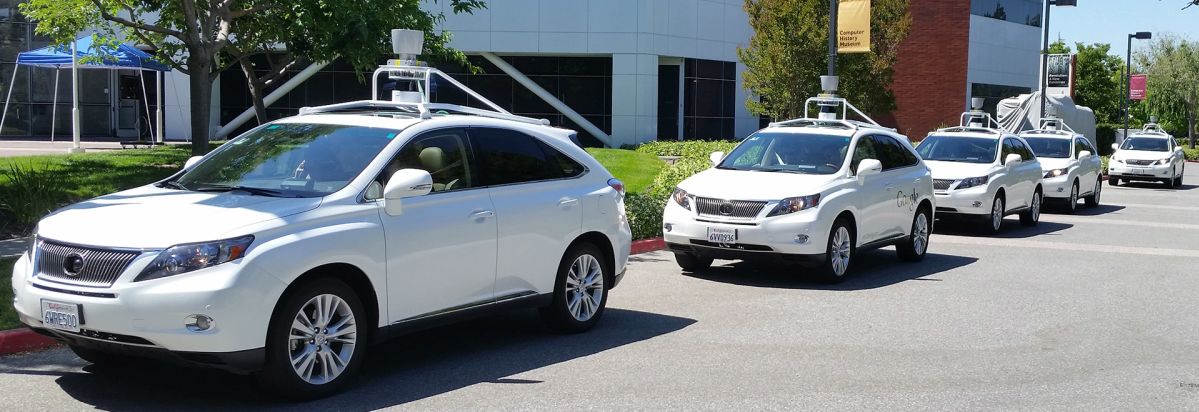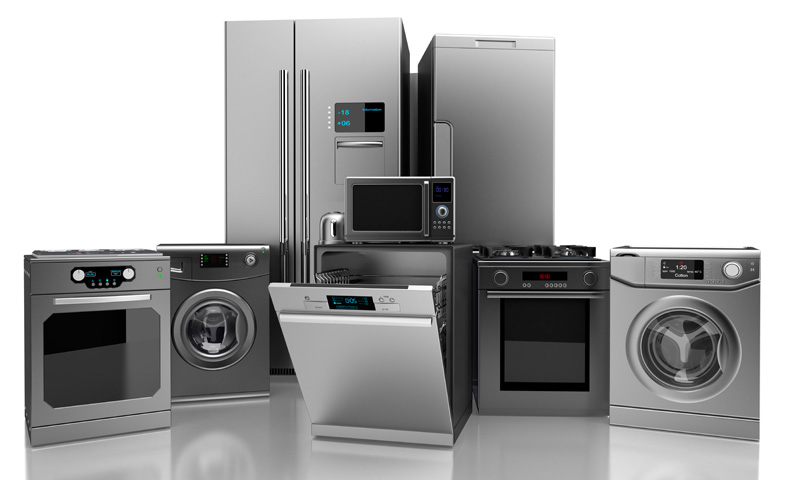The pace of change in the video recording industry is so fast that buying a decent camcorder can be challenging. There are so many models and features in modern digital camcorders that customers are often left confused on which model is ideal for them and what features are important and what isn’t.
This article will help you to understand all that you need to know about camcorders and what model suits your best for you personal and professional requirements. We will also discuss the technical jargons when buying a camcorder. But before we delve in – let me remind you all the opinions discussed here are my own and this buying guide only focuses on camcorders that are highly rated by Techwhippet.
Let’s get started:
Memory Cards
Most camcorders today use flash memory as its storage format. These camcorders record directly memory SDHC flash memory cards. Aside from external memory cards, there are dual flash camcorders with built-in flash memory. These camcorders can record video to its internal drive. Flash memory is the primary format of storage because it doesn’t have any moving parts and uses less power resulting in longer battery life for your camcorder or digital camera.
4K Ultra HD Camcorders
The camcorder industry is rapidly changing. At first, it was Standard Definition (SD). Then the consumers were given the taste of Full HD camcorders. Now, it is 4K camcorders. 4K camcorders have four times the resolution of normal Full HD camcorders. Cinemas project movies at 4K resolution, so if you’re recording videos at 4K, then in a sense, you’re a movie theater in your hands. TV manufacturers are also transitioning to 4K, so if you want to make your videos future proof, there isn’t any reason why you shouldn’t invest in a 4K camcorder.
Video Quality
Most camcorders can shoot decent videos in bright sunlight or in places with plenty of light. It is in low light conditions where most camcorders, as well as digital cameras, struggle. However, camcorders with larger video sensors tend to outperform than camcorders with smaller ones in low light conditions. The larger the image sensor is, the more light the camcorder can capture, which results in more detailed videos. But, camcorders with larger sensors are expensive. So, if video quality, colors, and details are important to you, always buy a camcorder with a larger sensor. A camcorder with a larger sensor will always have better and improved low light performance than camcorders with smaller sensors. Camcorders with larger sensors also provide better depth of field and dynamic range. The largest image sensors you can find on consumer camcorders today are 1-inch.
Professional Video Quality
If you don’t want to compromise on your video quality, then you should choose a professional quality video camera. Professional video camcorders are much larger than consumer camcorders. It’s because the video sensors and the lenses are bigger. This helps as larger sensors will provide higher quality videos and the large lenses offer improved low light performance and light gathering. These camcorders also come with interchangeable lenses, wireless or separate microphones, and many other options, which aren’t available on typical cameras/camcorders.
Image Stabilization (IS)
Image stabilization is an extremely useful technology that reduces the blurriness in the video which you can get in low light conditions, riding in a vehicle, walking, or using a zoom lens. As most people record using handheld camcorders, this is a valuable feature to have. Image stabilization also helps improve video quality when using the zoom lens to its full magnification. Optical Image Stabilization (OIS) is considered to be better than Electronic Image Stabilization (EIS). Expensive, high-end camcorders have better image stabilization than cheaper camcorders.
Optical Zoom Vs Digital Zoom
Digital zoom is inferior to optical zoom. Digital zoom is the electronic representation of optical zoom. With digital zoom, you can lose resolution when cropping the image. You do not lose resolution with optical zoom. So, when purchasing a camcorder, always consider optical zoom. The top-rated camcorders have 10x optical zoom which works great for most purposes.
Built-in Wi-Fi
Most camcorders have built-in Wi-Fi which allows you to transfer your pictures and videos from your camcorder to your computer, TV, tablet, or smartphone wirelessly. In addition, you can also connect your camcorder to the internet through Wi-Fi and upload your photos and videos to Facebook, Twitter, YouTube and other social media sites.
Electronic Viewfinder (EVF)
Viewfinders were common on camcorders before, but these days it is rare to find one in most consumer camcorders unless you get a professional model. The biggest benefit of viewfinders is that you can see your subject while recording outdoors in the bright sun as it is difficult to see the LCD as it is washed out in those light conditions.
Microphone
Most camcorders have built-in microphones and record in stereo sound. If you aren’t satisfied with the sound quality of your camcorder, you can buy higher quality microphones.
Night Vision
High-end camcorders have the ability to video in dark conditions using infrared light. Various models from Canon and Sony provide you with this feature.
LCD Size and resolution
The LCD screen in digital cameras/camcorders is where you can view the menus as well as compose your videos. Most camcorders have touchscreen LCDs which is more easy and intuitive than manual buttons. The larger the LCD screen and resolution, the better.
Built-in Video Flash/Light
Many camcorders have a built-in flash for taking still pictures and video light for recording videos in low light conditions. There is also an option to attach external flash units and lights in most camcorders as accessories.
Manual Focus
Most people rely on their camcorder automatic focusing during recording. However, there may be situations where you may need to manually focus the camcorder such as low light, macro, indoor shots, or recording through the glass. All professional camcorders have manual focus capabilities.
Video Resolution
Camcorders can record in 1080p, 720p, 60p and 120p resolutions. 1080p is the currently the highest quality you can record. Remember, the resolution isn’t everything. You also need to keep in mind the frame rate of the video. Normal video is recorded at 30fps. FPS stands for frames per second. Movies are shot at 24fps (24p). Some camcorders can record at 60fps, which make the videos extremely smooth and the footage can be used for slow motion. With the adoption of 4K Ultra HD, some camcorders can shoot 4K videos as a high as 60p.
Author Biography
Fredrick Nicholas is a well-rounded blogger who has a wide variety of interests and specializes in doing in depth research for tech. He notorious Write, Editor, Blogger. Love to blogging. He currently is a blogger for https://techwhippet.com in a genuine effort to provide the best quality content to his readers.










